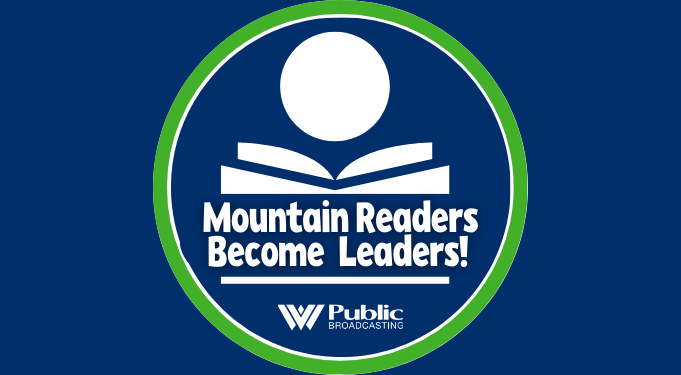Residents throughout the Ohio River Valley from West Virginia to Kentucky have been quietly living with the toxic legacy of a chemical known as C8. Manufactured by DuPont, C8 was an important component of consumer products like non-stick Teflon cookware. But researchers now know that C8 exposure is linked to all kinds of health problems, including cancer. Recently, Sharon Lerner, who covered the issue in an 11-part series for The Intercept, talked with us about the key aspects of the story and how some Ohio Valley residents sought justice through a class action lawsuit.
The Allegheny Front: So what kinds of health problems were people experiencing as a result of C8 exposure?
Sharon Lerner: There is a panel of epidemiologists—people who study diseases in populations—approved by both sides, and they were tasked with figuring out what were the probable associations between exposures to C8 and disease. And they came up with six, [including] kidney cancer, testicular cancer, preeclampsia, high cholesterol and thyroid disease. What they did is they looked at the population and saw that throughout the population, those who were exposed at higher rates had increases in these six disease. Since then—and their final results came out in 2012—there are health issues connected to immunity, reproductive outcomes and obesity.
LISTEN: Tracking the Health Impacts of C8 Exposure
AF: You talked with one of the workers in the West Virginia plant whose son ended up with birth defects, and she wondered if that was related to working with the C8 chemical.
SL: That was the case with Sue Bailey and her son Bucky Bailey, who had facial deformities. Those were seen in some health studies as well, so she had good reason to think that they might be related. And actually, the number of mothers who were pregnant who were working in the Teflon division and had some birth defects was higher than it should have been. One of the main reasons I wrote about her, though, [was that] Dupont had this evidence and they didn’t share it with the EPA—which is why the agency sued the company. It was, at the time, the agency’s biggest fine that it had levied. So it became the first solid case of them withholding important evidence of the harms of this chemical, or things that should have at least raised concern and been shared with the public.
AF: Chemical companies are no longer producing C8 in the U.S. But now they’re making something called C6, which is also known as GenX. But many people think this is a “regrettable” solution. Why is that?
SL: I looked at the adverse incident reports, and I found that it had essentially the same constellation of health problems that were associated with C8. In lab animals, they found cancers, and they found effects on the liver and endocrine system as well.
AF: I think what is so striking about your series is that there really is no way for residents who live near these facilities to protect themselves—or even the average consumer to really know what they’re being exposed to. It’s surprising that the Environmental Protection Agency often doesn’t know very much what chemical companies, like DuPont, are making and releasing into the environment.
SL: Well, in the case of C6, they actually did have that information. Dupont did file the adverse incident reports, as they are required to by law. But the gap that I found was that when they reported it, there was no clear course of action from the EPA. One would assume they would take that information and act on it. Instead, the agency that’s supposed to be in charge of protecting the public from these kinds of dangers just filed them away.
AF: And it might not be all that shocking that people working or living near these chemical plants have high levels of these chemicals in their bodies. But research has shown that nearly all Americans have some level. So how can we avoid exposure?
SL: The big thing would be to not get stain-resistant coating on things and look into what’s on your stain-resistant clothing or tents or outdoor gear—that kind of stuff. While it wouldn’t be manufactured in the U.S. anymore with C8, it could be coming from other countries. And it very well could be manufactured within the United States with some of the replacements that are also thought to have some of the same health effects.
AF: And on a personal level, what are you taking away from reporting this story?
SL: One of the most upsetting things to me is how big it is. At every step, you pull the string and it keeps coming. I went deep on this particular chemical, and focused squarely on it. But this is only one type of perfluorinated chemical, and perfluorinated chemicals are only a small part of the toxic chemicals that are unregulated and affecting our health and that we’re exposed to all the time. And because of the way we do things, they’re out in the world way before we know what their effects are. So we have to do it backwards: We have to do it after the fact and look back.
###
Check out Sharon Lerner’s 11-part series on C8 at The Intercept.























